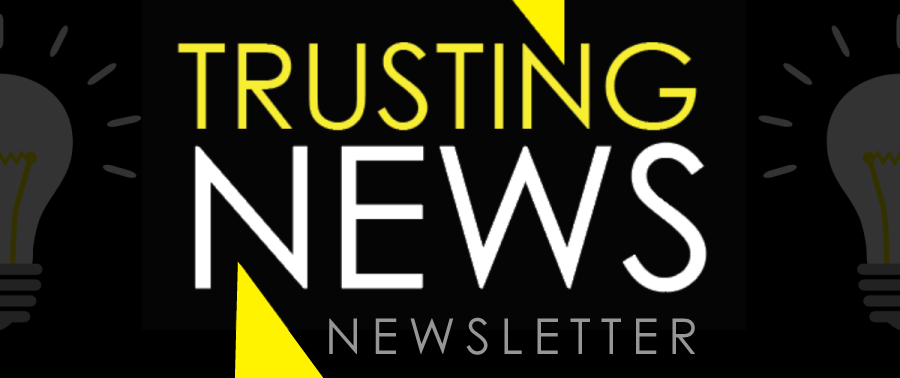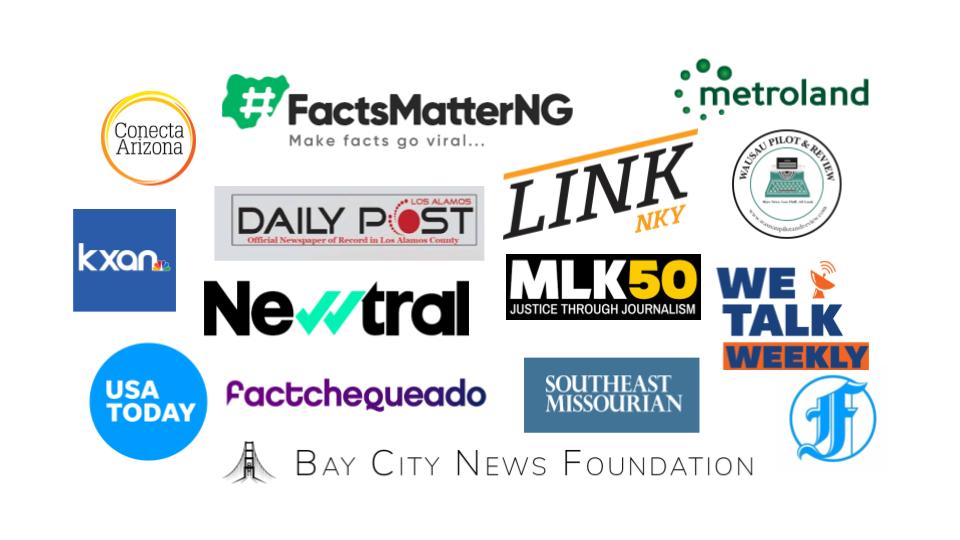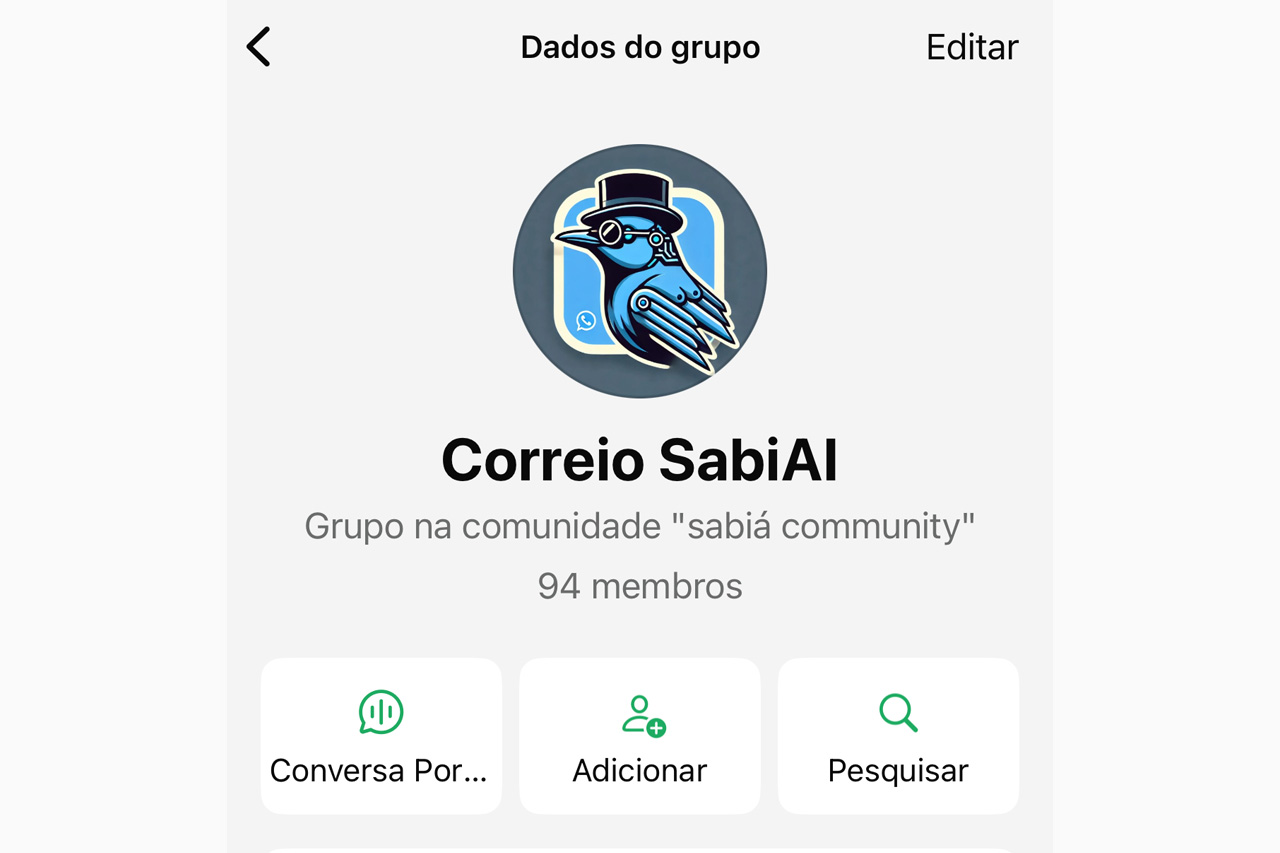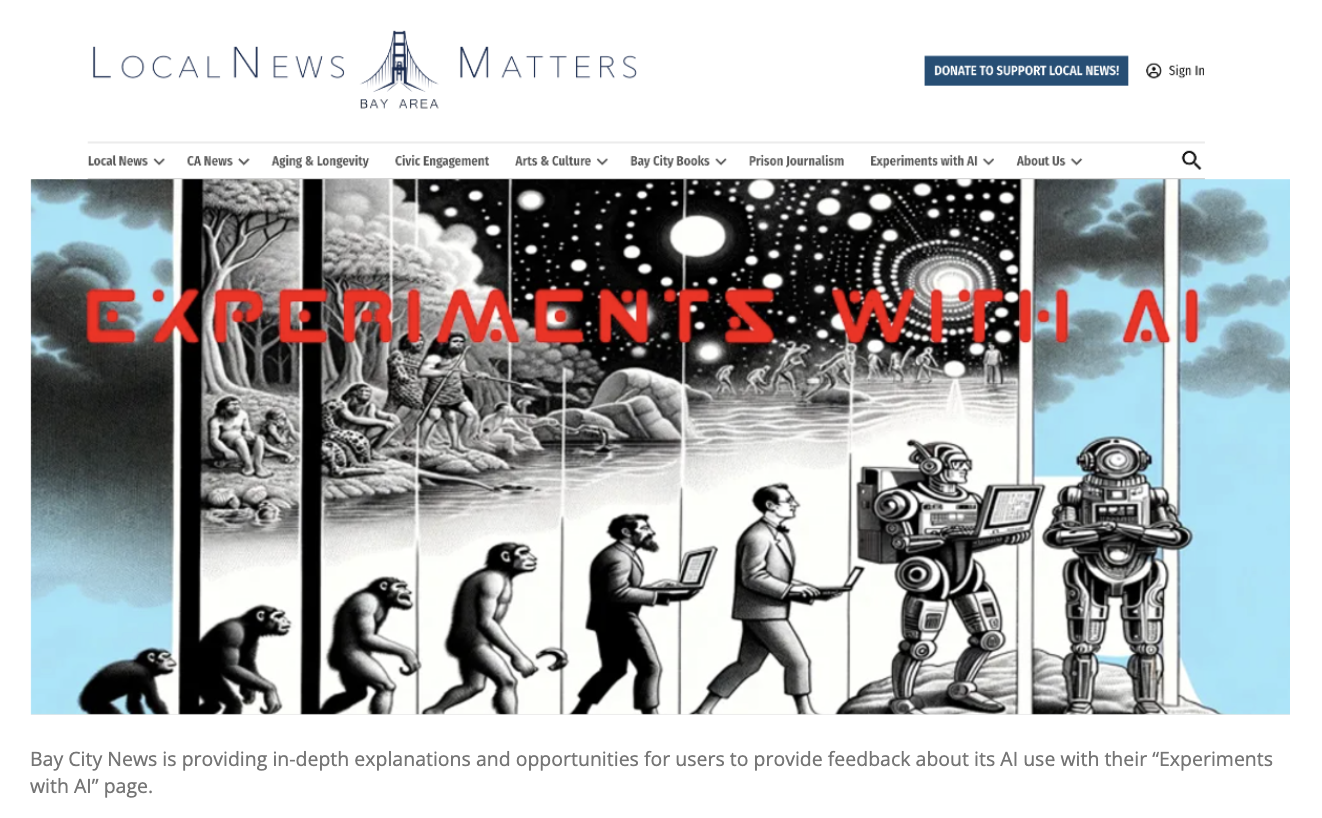
This weekly Trust Tips newsletter shares quick, actionable tips for how journalists can earn and sustain trust. Subscribe to get it in your inbox at trustingnews.org/newsletter.
Trust Tips: Treat AI literacy as part of news literacy
Want to get this Trust Tips newsletter in your inbox each Tuesday? Subscribe here.
It’s probably safe to say most people have at least some level of confusion about how AI works and how it’s being used. And a certain level of skepticism about whether they can trust what they see is valid and appropriate, right?
So, what could journalists be doing to equip people to navigate an AI-infused information ecosystem more confidently?
A recent Trusting News cohort found more than 80% of surveyed news consumers want newsrooms to help them better understand AI and detect AI-generated content. In one-on-one interviews, people told journalists:
- To offer workshops and create guides/glossaries or articles explaining AI’s role in reporting, as it would help people differentiate between ethical AI use and misuse
- To offer opportunities for people to learn about AI’s capabilities and limitations, potentially through outreach events or interactive/Q&A sessions
- To produce more in-depth articles and transparency around AI’s use in journalism
They appreciated being consulted and wanted newsrooms to continue engaging the public in conversations about AIEven those who felt knowledgeable about AI saw how these efforts would benefit the broader public.
This News Literacy Week, consider ways to foster transparency and trust by educating your audience on AI. Here are some ideas and resources to help.
Educate your audience on AI
Help news consumers understand AI by sharing clear, accessible explanations of how it works, how it’s used in journalism and how to recognize AI-generated content.
The News Literacy Project’s AI Guide has great resources to help explain AI’s impact on journalism and information, including an infographic detailing “6 things to know about AI” and an AI quiz. You can also share resources to help the public detect AI-generated images/text, deepfakes and misinformation.
Some resources you could link to include:
- How to identify AI-generated text
- MIT’s Detect Fakes
- 5 Easy ways to tell if an image is AI-generated
- How to identify AI-generated videos
- How to spot AI-generated images on social media
If you want to explain what AI is and how it works, some resources include:
- What is AI?
- AI vs. Machine Learning (and other definitions from Google)
- How generative AI works
- Key AI Terminology
Also, consider covering common AI-related misinformation trends and how people can spot them. Or create a series of short videos, social media posts, or newsletter segments explaining AI.
Be transparent about your newsroom’s AI use
An overwhelming majority (93.8%) of news consumers surveyed by a recent Trusting News cohort said they want the use of AI to be disclosed. If you are using AI in your newsroom, it seems clear the audience wants to know about it and wants more details than a vague, “AI was used in this story,” statement. We have sample disclosure language in this AI Trust Kit.
You can also be transparent by publishing an article or FAQ about how your newsroom does (or doesn’t) use AI. The Poynter Institute’s AI Policy Guide is a good place to start if you want help drafting one.
Some newsroom examples we like include:
Cover AI’s role in your community
Audiences want help understanding AI beyond journalism — how it’s shaping local businesses, education and government.
Investigate AI’s local impact by turning questions like these into stories: Is your city government using AI? Are local businesses integrating AI tools? Are schools teaching AI literacy? Connect with universities, tech researchers or AI ethicists to provide expert insights in your stories. Talk about how AI is helping what new complications it brings. And have a goal of demystifying this emerging technology for your audience.
Engage your audience in conversations about AI
Whether in person or virtual, consider holding Q&A sessions, panel discussions, or workshops on AI’s role in news — or more generally on AI itself. Consider partnering with a community organization that might share your goals but lack the subject matter expertise to lead the conversation.
You can gauge your community’s interest and level of knowledge ahead of time by using surveys, social media polls, or audience Q&As to understand what people want to know about AI.
Two more resources to highlight during News Literacy Week:
- Our “How students can talk about journalism and ‘the media’” Educator Trust Kit provides materials to help teach students about the media landscape and the role of journalism. These materials could be used to help your community understand journalism and also help you and others in your newsroom talk about what we do.
- Our News Literacy Trust Kit provides resources to help journalists educate their audiences on identifying credible news sources and understanding the reporting process. It offers strategies for incorporating news literacy into daily coverage while promoting transparency in reporting.
At Trusting News, we learn how people decide what news to trust and turn that knowledge into actionable strategies for journalists. We train and empower journalists to take responsibility for demonstrating credibility and actively earning trust through transparency and engagement. Learn more about our work, vision and team. Subscribe to our Trust Tips newsletter. Follow us on Twitter, BlueSky and LinkedIn.

Assistant director Lynn Walsh (she/her) is an Emmy award-winning journalist who has worked in investigative journalism at the national level and locally in California, Ohio, Texas and Florida. She is the former Ethics Chair for the Society of Professional Journalists and a past national president for the organization. Based in San Diego, Lynn is also an adjunct professor and freelance journalist. She can be reached at lynn@TrustingNews.org and on Twitter @lwalsh.


